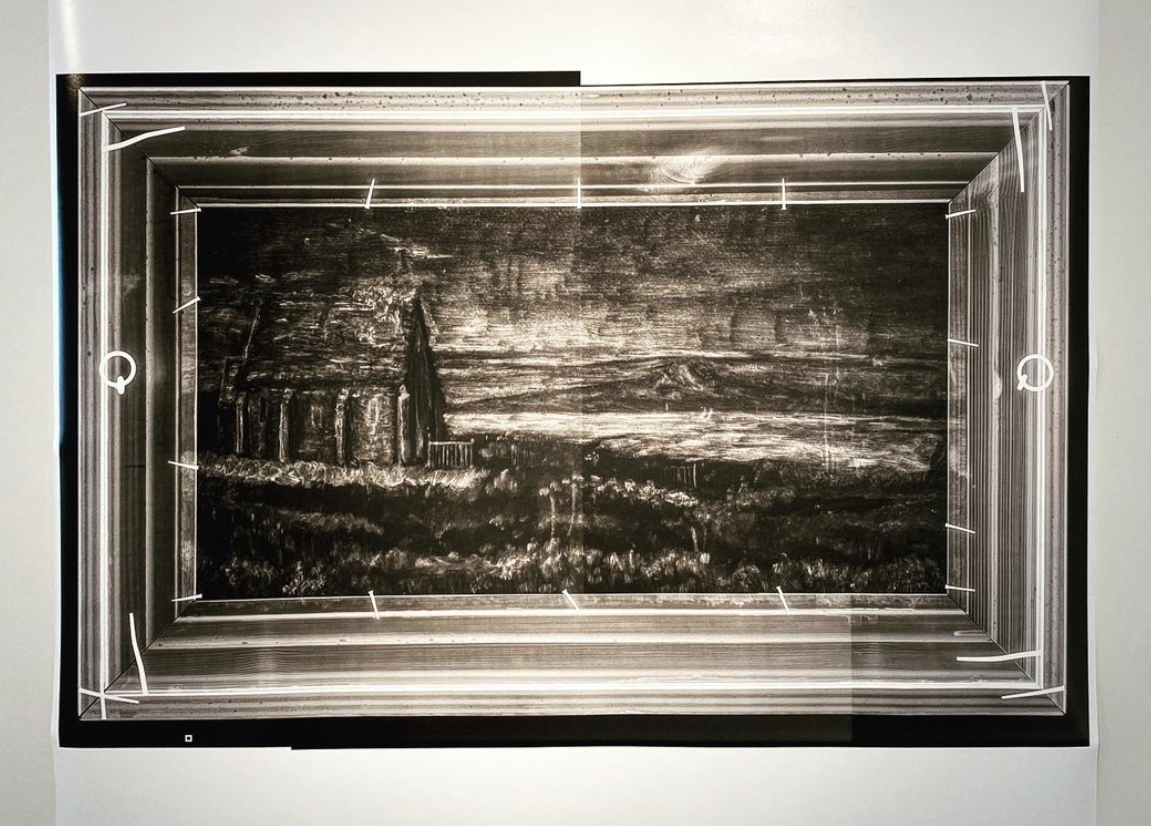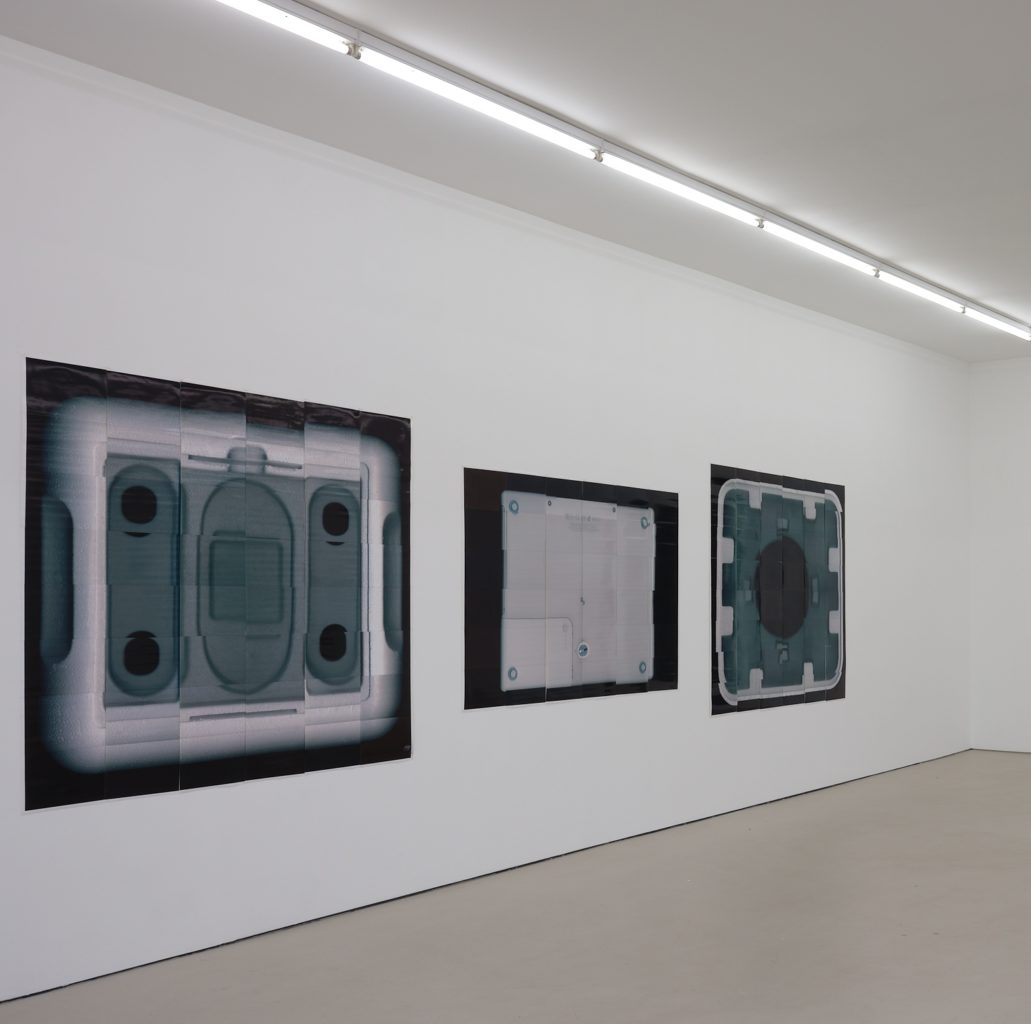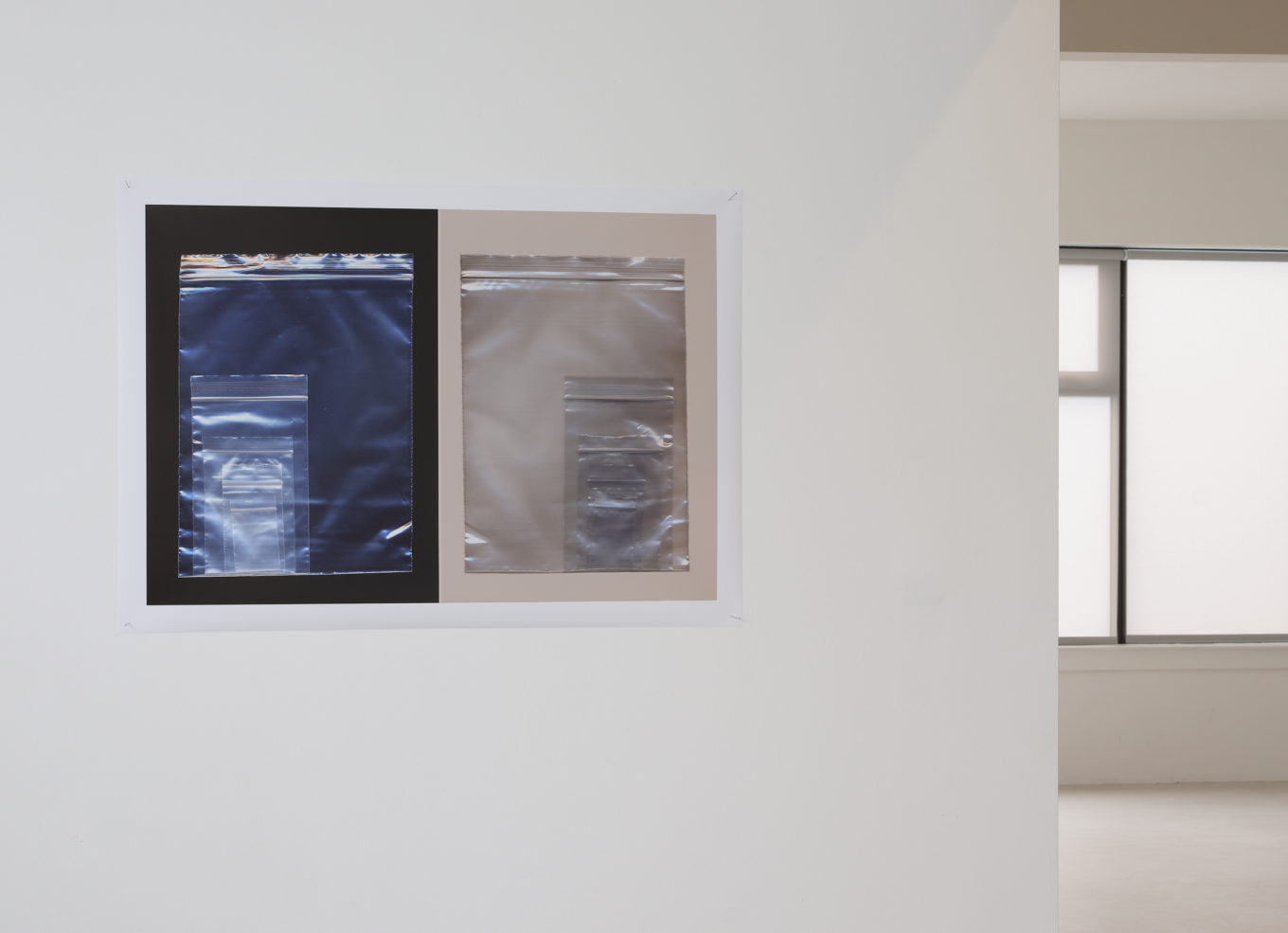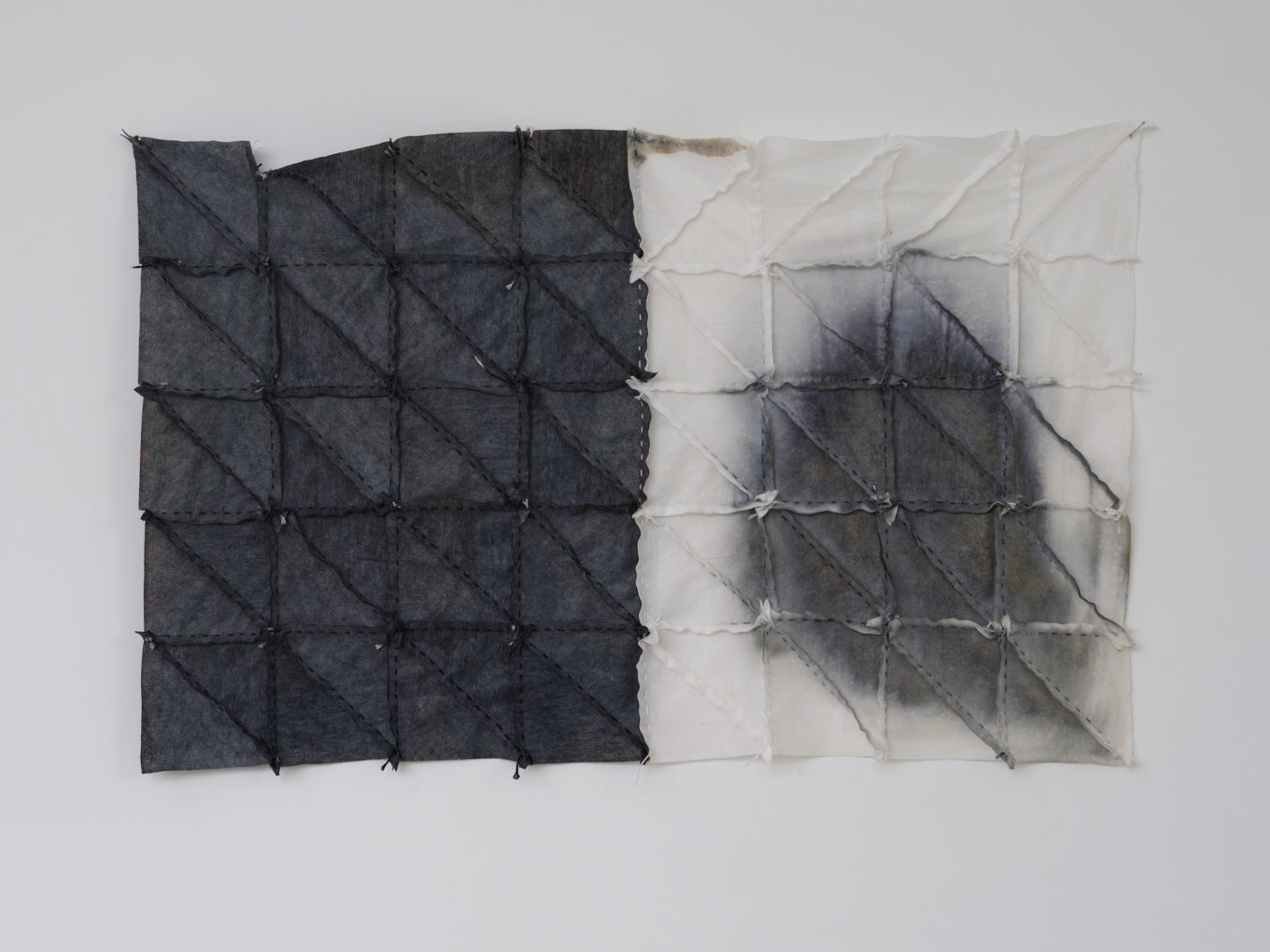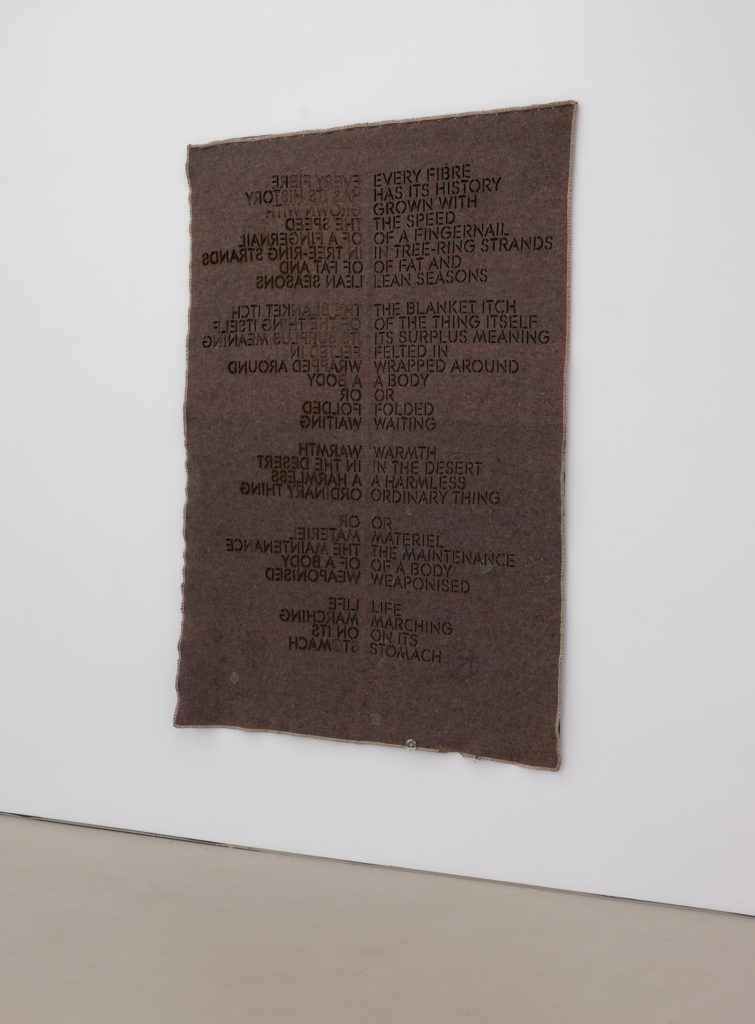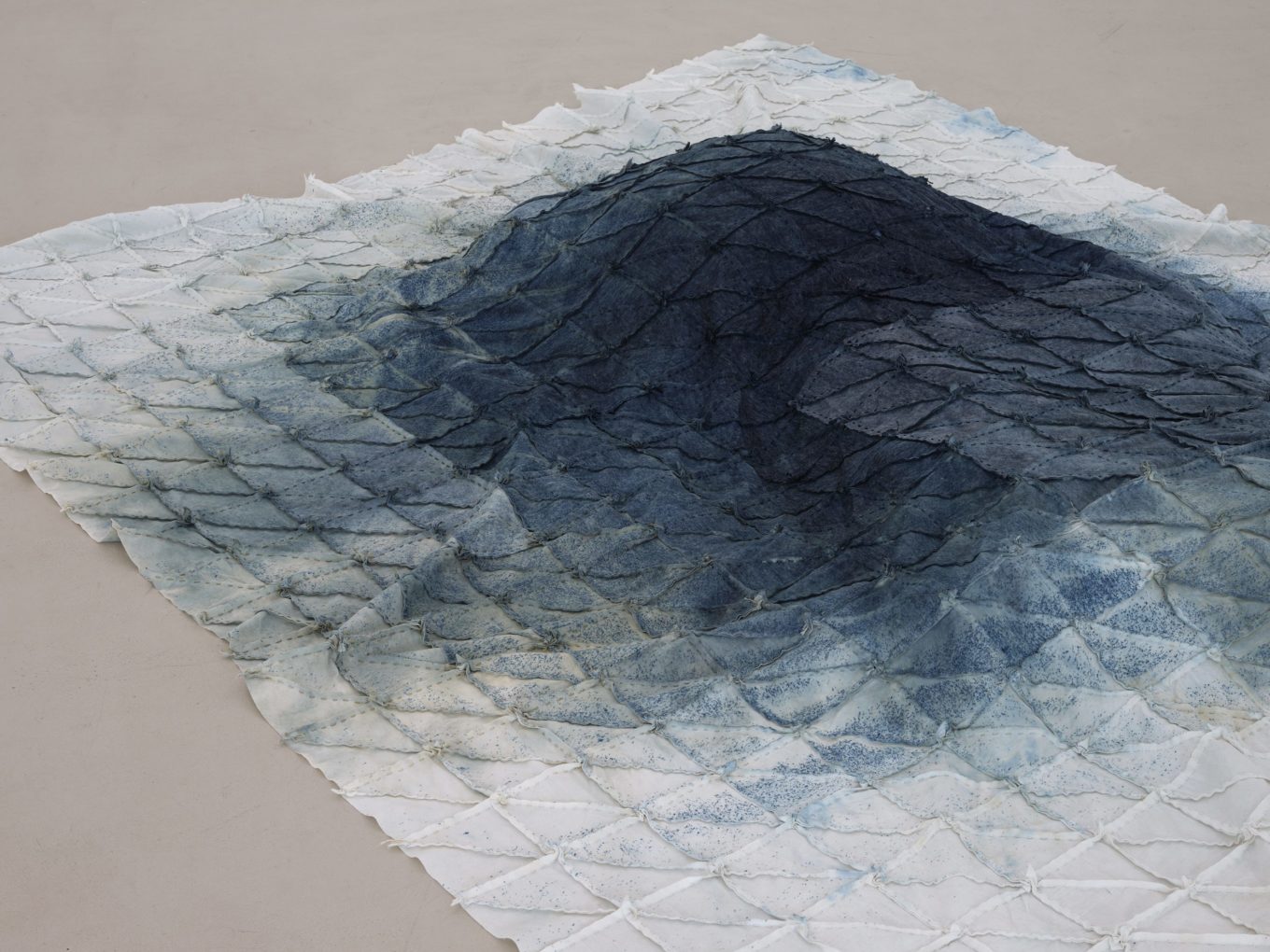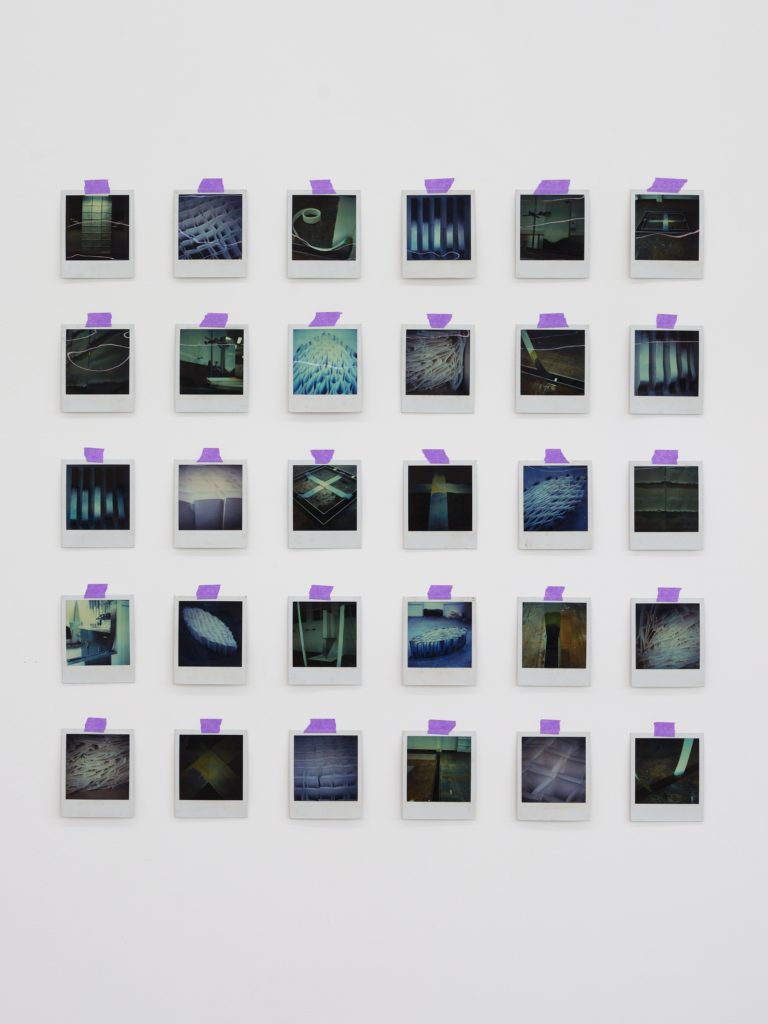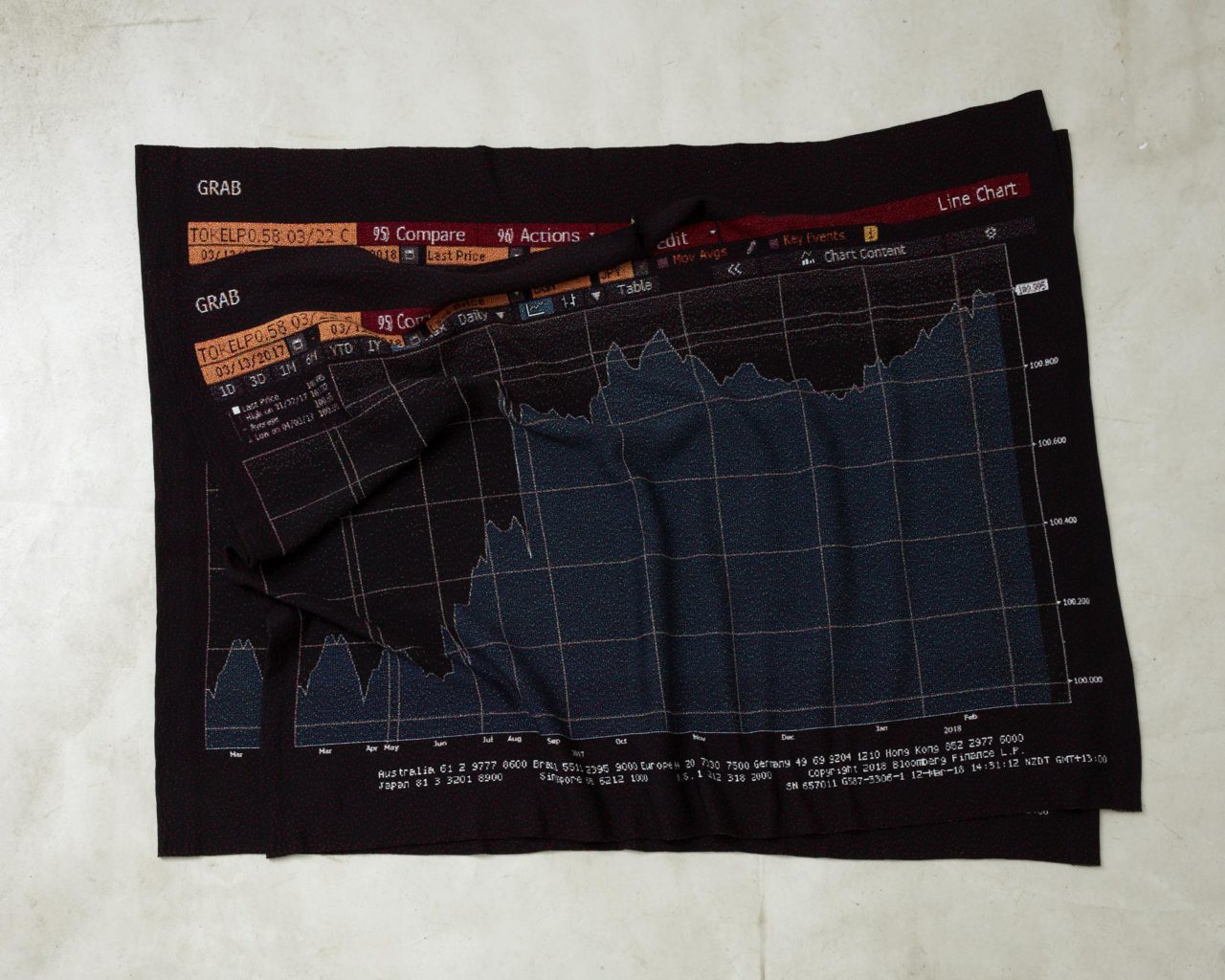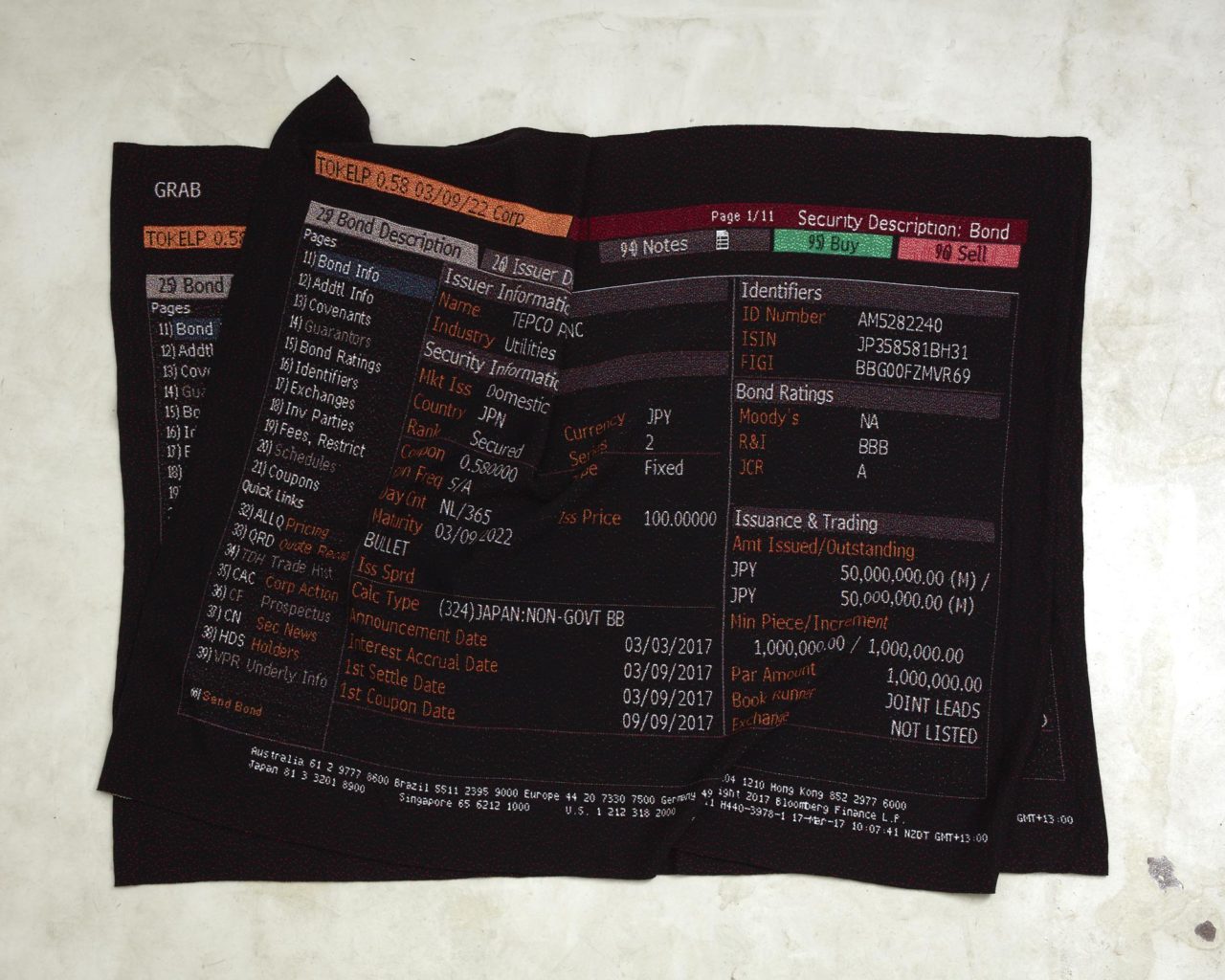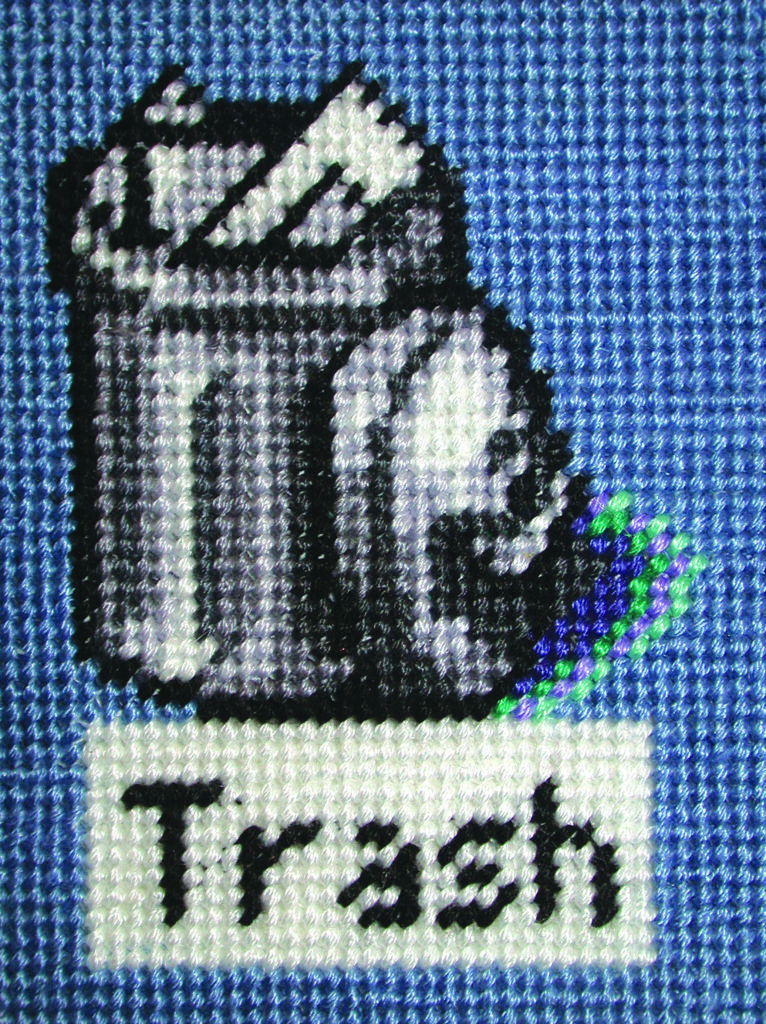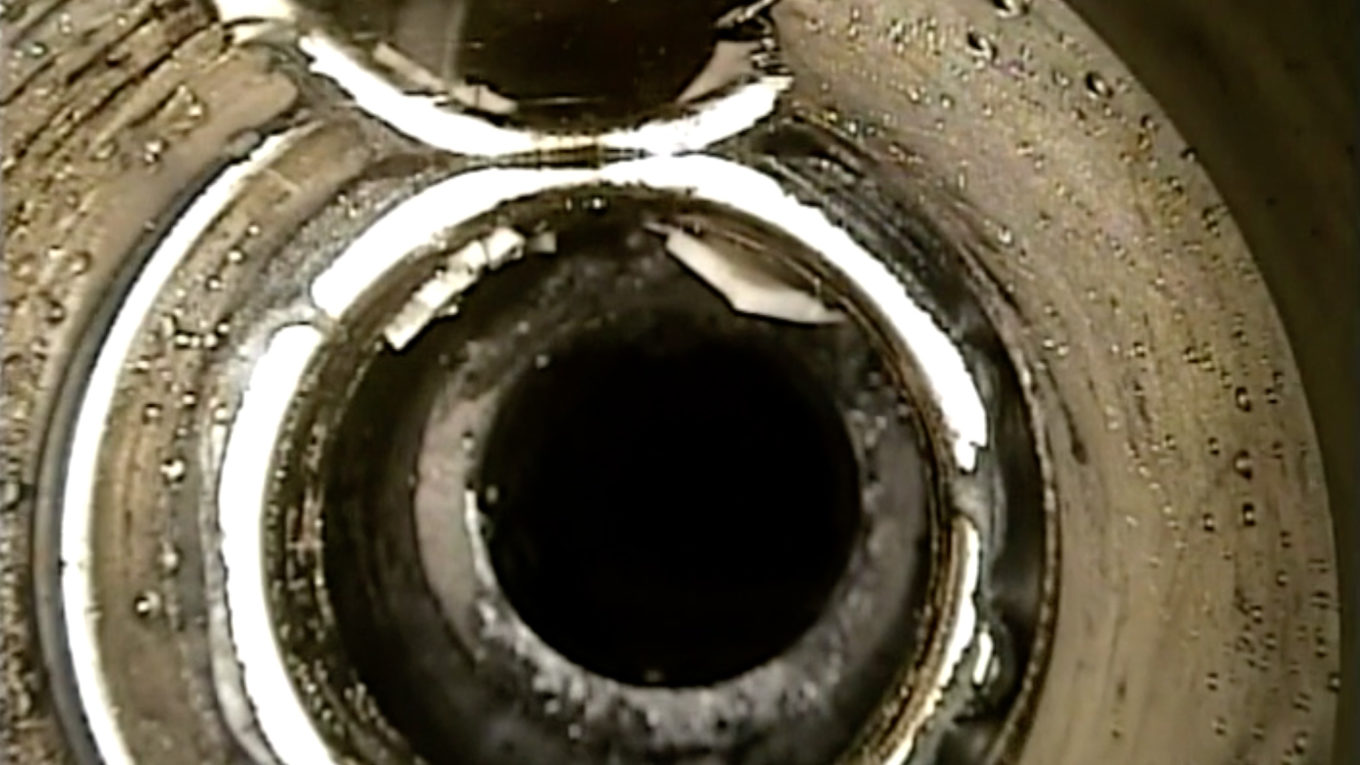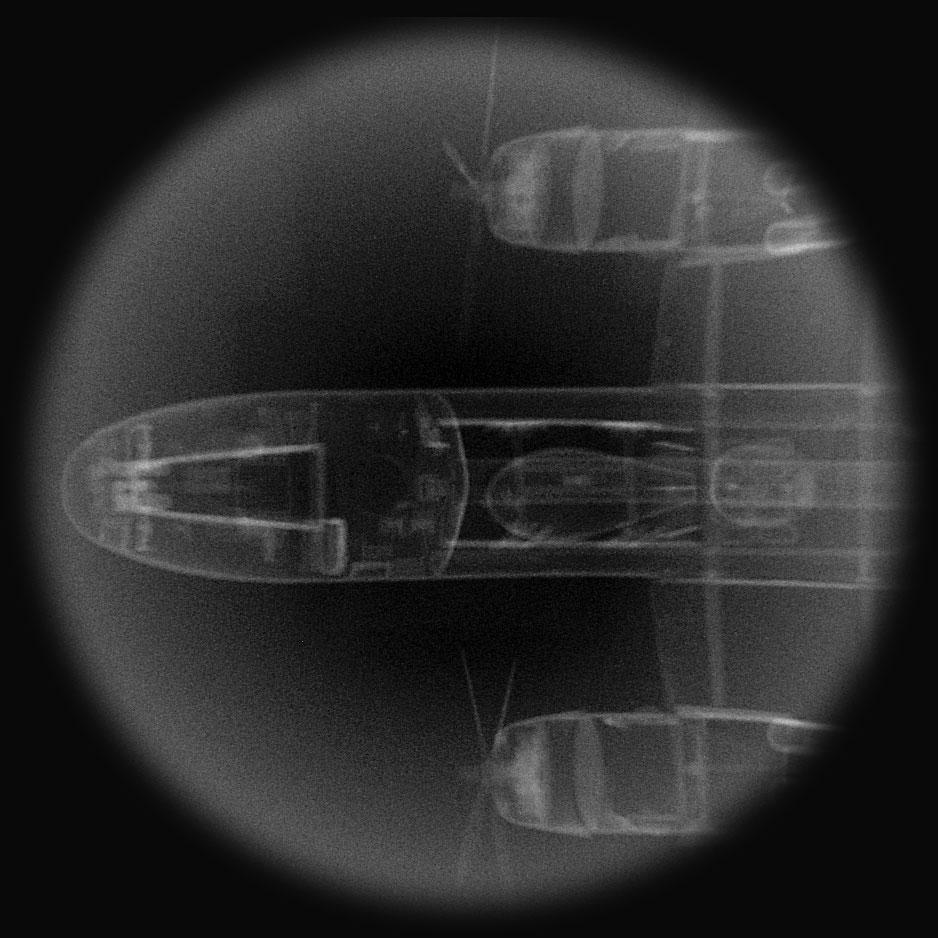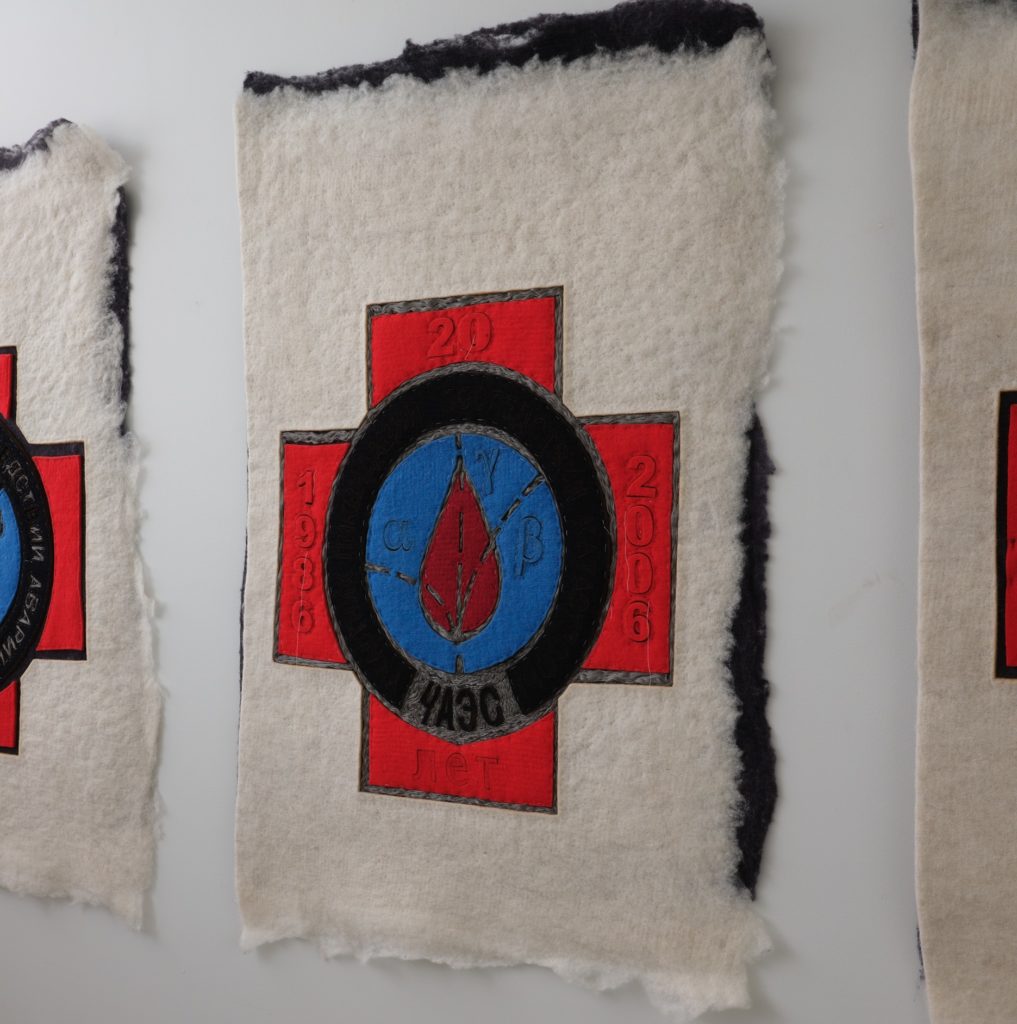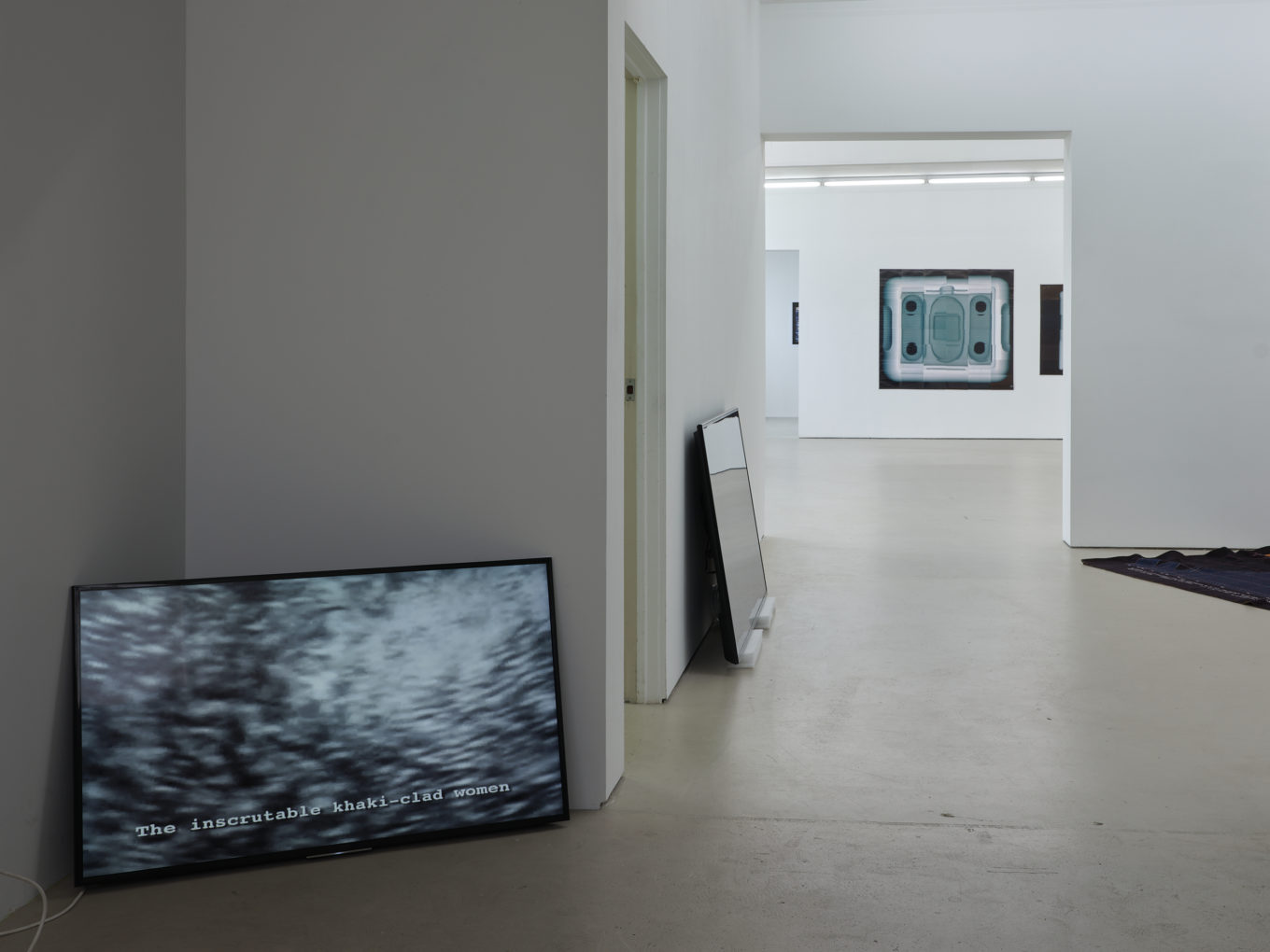With an established practice spanning from the handmade to the highly mediated, Stella Brennan prises open history, its losses and possibilities, interrogating colonialism, industrialisation and computerisation.
Dr Su Ballard describes how Brennan “knits together the embodied forces of consumerist desire, historical memory and utopian aspiration; her works grasp at the eco-histories of New Zealand. It is a practice in which home improvement (in its largest sense) is front and centre; where the materials used are determined by the labour of the local and at hand. And it is in these everyday experiences overwritten with the various faces of capital that Brennan locates an archaeological practice of love and repair.”
Brennan’s practice remains elusive; while her broad socio-ecological concerns remain utterly consistent, her avenues of expression are diverse. In the song remains the same we see material evidence of the depth and breadth of Brennan’s thinking over the past two decades, which remain as prescient today as when first conceived. Incorporating video, sculptural constructions, photography and found objects, her exhibition raises pertinent questions surrounding the state of geo-politics, big media, systems of power, the human condition and our relationship to place. Works include interplanetary-style flybys of laptop packaging, video from a home-made subatomic particle detector and laser-cut army blankets.
A recent work, Israeli Army Blanket (2020) highlights the macro- and micro- elements of ‘everyday’ wars: violence, displacement and shelter. Ten Thousand Years (2018), laboriously and beautifully hand-felted by Brennan, depicts the Soviet medal awarded at the time of the 1986 Chernobyl Disaster in Ukraine, flanked by medals presented 20 and 30 years later. A late Soviet design showing a drop of blood transected by an alpha, a beta and a gamma ray, the Chernobyl Liquidators medal commemorates those who worked on the toxic clean-up of the devastated power plant. The medals’ shifting design and wording traces the semantic drift re-framing the most deadly nuclear accident of all time. The Pacific Century (2018) utilizes robot live-feed from inside one of the destroyed nuclear reactors at Fukushima. Every room I have ever been in (2012 and ongoing), is more personal, threading together the keys of every room and dwelling the artist has ever occupied.
Brennan has exhibited across Australia, Asia, North America, Europe and New Zealand and has been awarded Residencies at Apex Arts in New York City and Artspace in Sydney, among others. She is currently a Board member of Artspace Aotearoa. After graduating MFA from the University of Auckland in 1999, and alongside her personal art practice and exhibitions, Brennan co-founded Aotearoa Digital Arts and co-edited the Aotearoa Digital Arts Reader, the first comprehensive text on digital arts practice in New Zealand. She maintains a practice as a writer and essayist for artists including Ann Veronica Janssens and Patricia Piccinini, has contributed to magazines including Art Asia Pacific, the New Zealand Listener and Art New Zealand; she has been an advisory editor for Eyeline Magazine, Australia; and curated the exhibitions Nostalgia for the Future (Artspace, Auckland, 1999), Dirty Pixels (Artspace, Adam Art Gallery, Dunedin Public Art Gallery and Waikato Museum of Art and History, 2002-3), and co-curated Cloudland: Digital Art from Aotearoa New Zealand (The Substation, Singapore, 2008).

